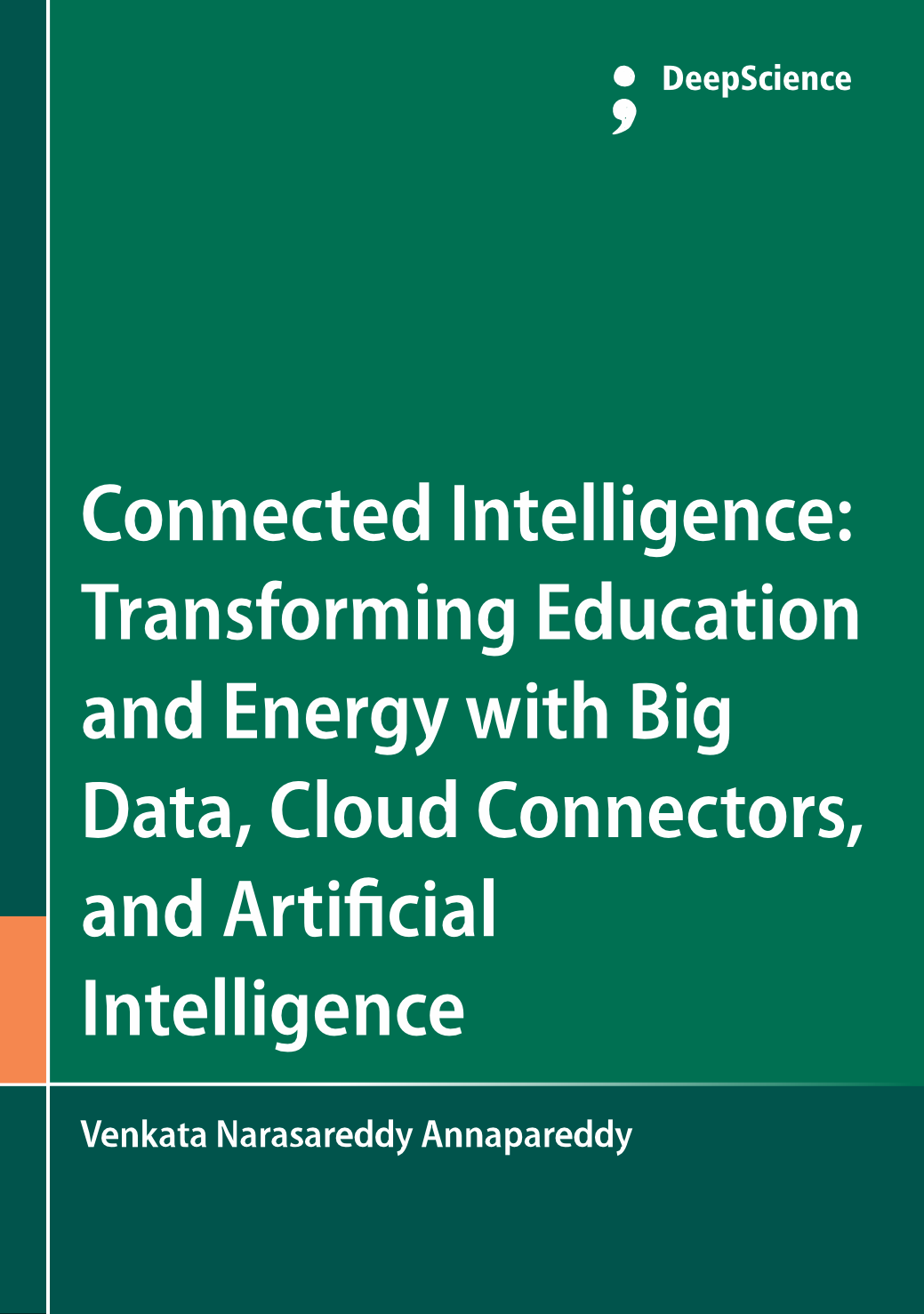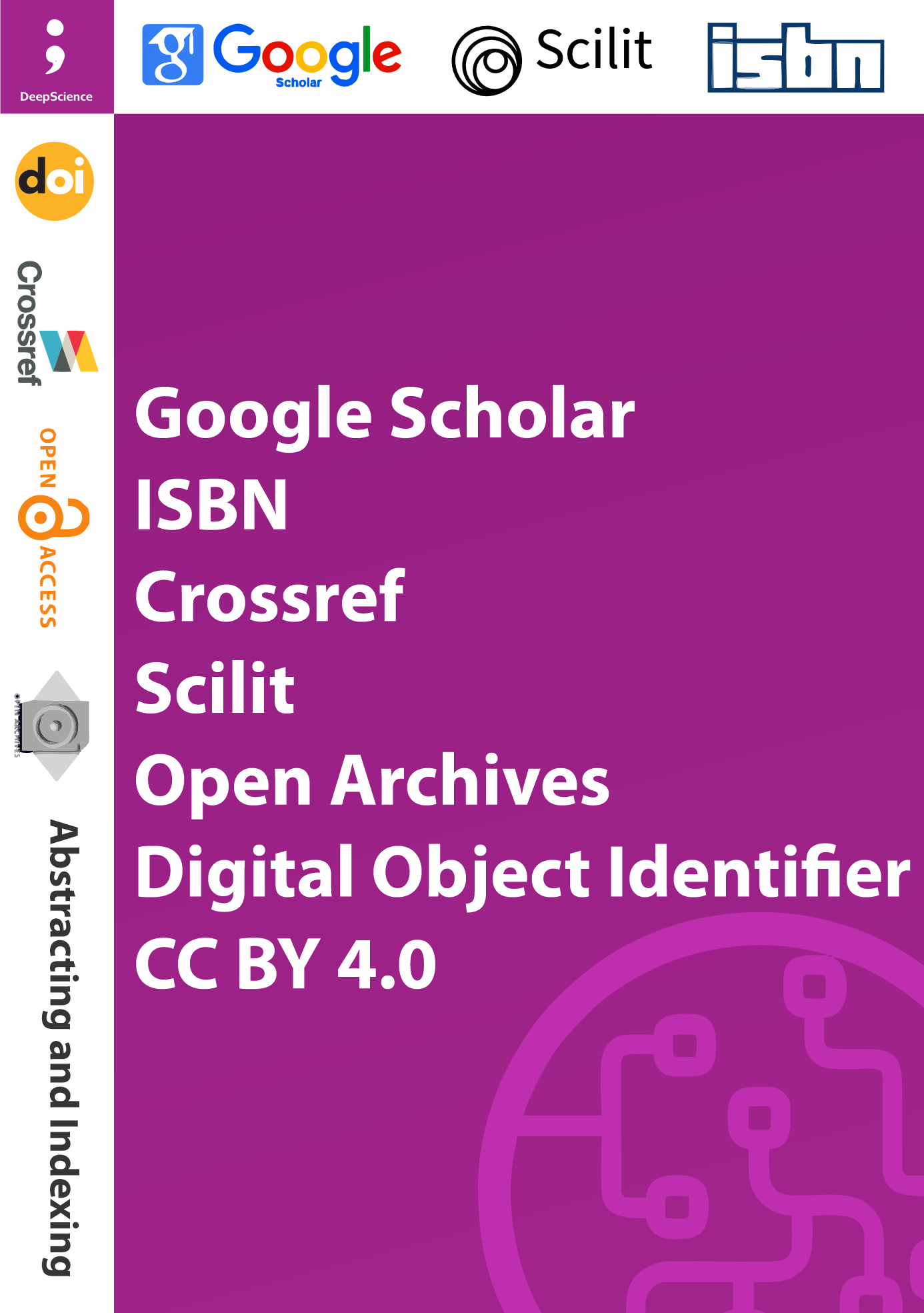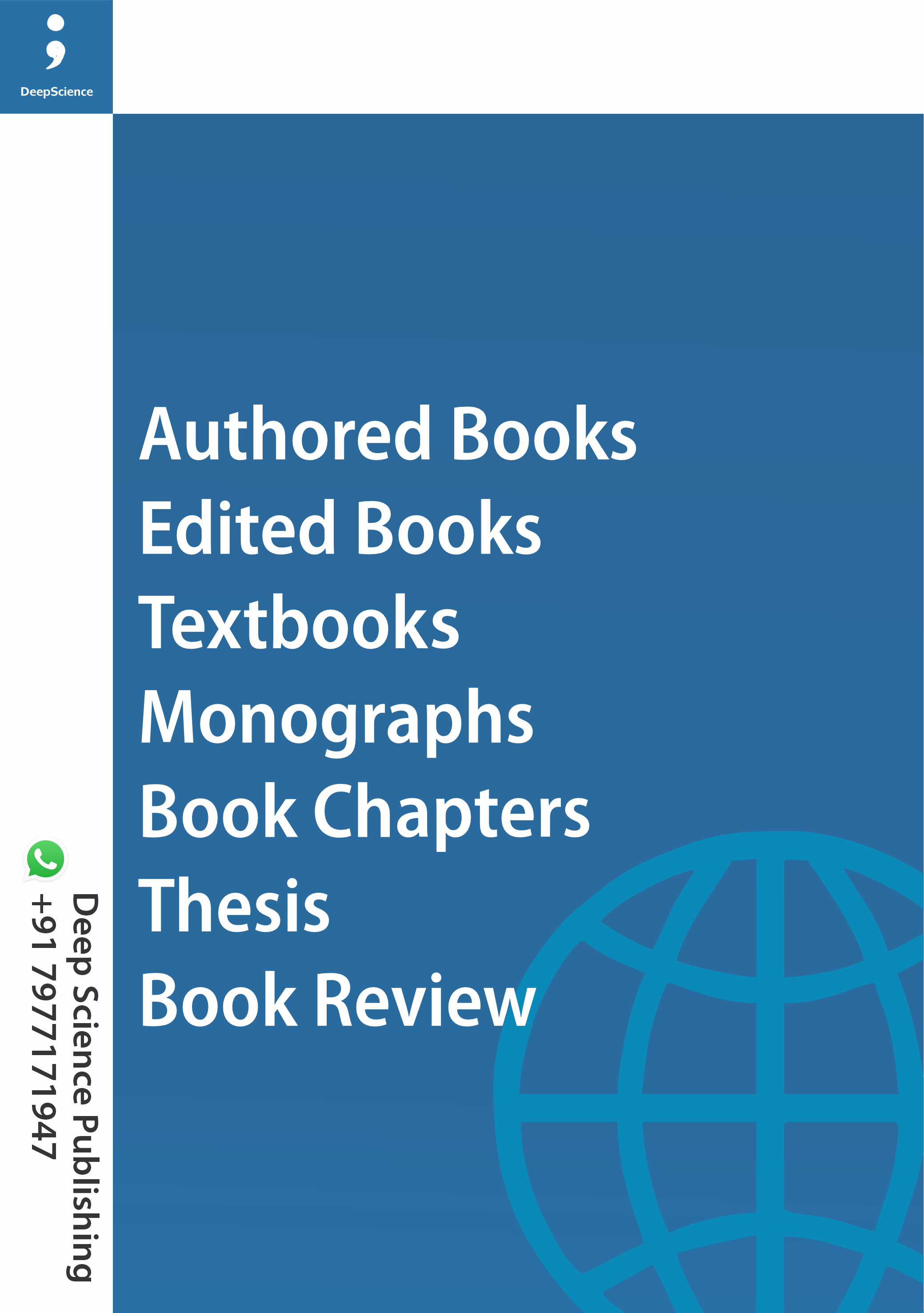Applying big data analytics to enhance curriculum development, administrative efficiency, and sustainable resource planning in education
Synopsis
With the emergence of the knowledge economy, which is fast becoming intertwined with globalization and a growing technological revolution, it is widely acknowledged that the knowledge and skill levels of the population are of vital importance. Policymakers in many countries are keen to increase participation in secondary and higher education and training. Every child is supposed to be in school; many are encouraged to pursue courses to become more science literate and numerate, and there is a broad area of demand for a general population that has basic knowledge and understanding of higher-order thinking and processes.
But how does the community know if the educational goals are being achieved? What evidence is there to inform policy and practice? The search is on for measures, assessments, and indicators. Knowing if treatment works is fundamental to both health and educational sectors. However, we rarely enjoy the benefit of scientific random clinical trials in the educational subset. There are indicators and data. These are occasionally used judiciously, and usually either for descriptive purposes or for making an investment case. Investment cases can be based on prima facie results in league tables and a host of surrogate indicators.












